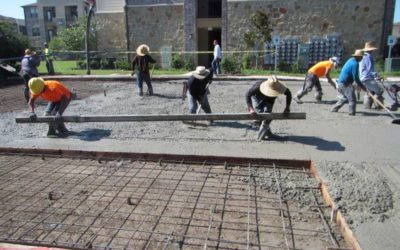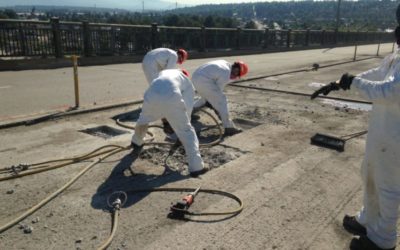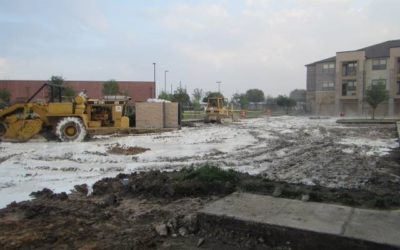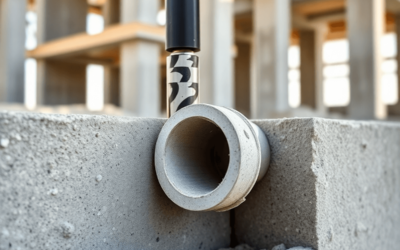Blog
Top 5 Concrete Defects Identified Through Petrographic Examination
Concrete remains the backbone of modern infrastructure, but it's far from indestructible. Over time, even well-placed concrete can deteriorate due to environmental factors, poor material selection, or construction flaws. To accurately diagnose these issues,...
Certifications in Non Destructive Testing: What You Need to Know in 2025
As industries continue to prioritise safety, quality, and sustainability, non destructive testing (NDT) has become more crucial than ever. In 2025, having the right certifications in non destructive testing isn't just a formality—it's a gateway to career advancement,...
Concrete Non-Destructive Testing: A Must-Have for Sustainable and Resilient Infrastructure
In the contemporary world, where infrastructure forms the backbone of economic and societal advancement, ensuring the structural integrity and longevity of constructions such as bridges, highways, and buildings is paramount. Concrete non-destructive testing (NDT)...
The Role of Petrographic Concrete Testing in Diagnosing Concrete Failures Before They Happen
Concrete is the backbone of modern infrastructure, essential for buildings, bridges, roads, and more. However, failures in concrete structures can have catastrophic consequences, leading to significant economic losses and even human casualties. Therefore,...
The Critical Role of Gas Chromatography in Identifying Concrete’s Chemical Deterioration
As an essential aspect of constructing infrastructures and the built environment in the United States and worldwide, the well-being of concrete remains pivotal. Recently, Gas Chromatography (GC) has emerged as a crucial tool for diagnosing chemical deterioration in...
Amplifying the Sturdiness of Concrete Structures with Non-Destructive Testing
Concrete, being a material of choice for most building structures worldwide, necessitates a high degree of scrutiny in terms of its quality, safety, and durability. An imperative process in achieving this is Non-Destructive Testing (NDT). This article delves into the...
Step-by-Step Guide to the Rapid Chloride Permeability Test (RCPT)
Introduction to the Rapid Chloride Permeability Test (RCPT) The Rapid Chloride Permeability Test (RCPT) is a widely used method for testing concrete. It provides important information about how well concrete can resist the penetration of chloride ions. This...
Understanding Carbonation in Concrete: Causes and Solutions
Carbonation is one of the biggest threats to concrete structures around the world. It is a natural chemical process that happens when carbon dioxide from the atmosphere seeps into concrete surfaces, causing gradual deterioration that can weaken the structure. The...
Key Differences Between Concrete Core Drilling and Surface Testing
Concrete quality assessment is crucial in construction projects. It relies on two main methods: concrete core drilling and surface testing. These techniques are essential for evaluating the strength and properties of both new and existing concrete structures. Core...
Destructive vs. Non-Destructive Tests of Concrete: Which Method is Right?
Concrete testing is essential for ensuring construction safety and quality. Whether it's a tall building or an important structure like a dam or bridge, the strength and durability of concrete depend on thorough testing.There are two main ways to evaluate concrete:...
Consulting Engineers
Concrete Experts
"C3S, Inc. is a concrete consulting firm dedicated to providing full scale services to civil, A/E firms, government entities, testing laboratories, property managers and owners, and other agencies dealing with projects related to concrete.
With its immense expertise, C3S. Inc. has been successfully serving clients in U.S and worldwide markets for over 30 years. "
CONTACT INFORMATION
C3S, Inc.
7100 Regency Square Blvd.
Suite 183
Houston, TX 77036
Office Hours
Mon-Fri: 8 AM - 5 PM
Sat-Sun: Closed
- Slab Thickness
- Concrete Cover and Rebar Location
- Voids – Location and Extents
- Pre Stressing Strands (PT Cables)
- Conduits












